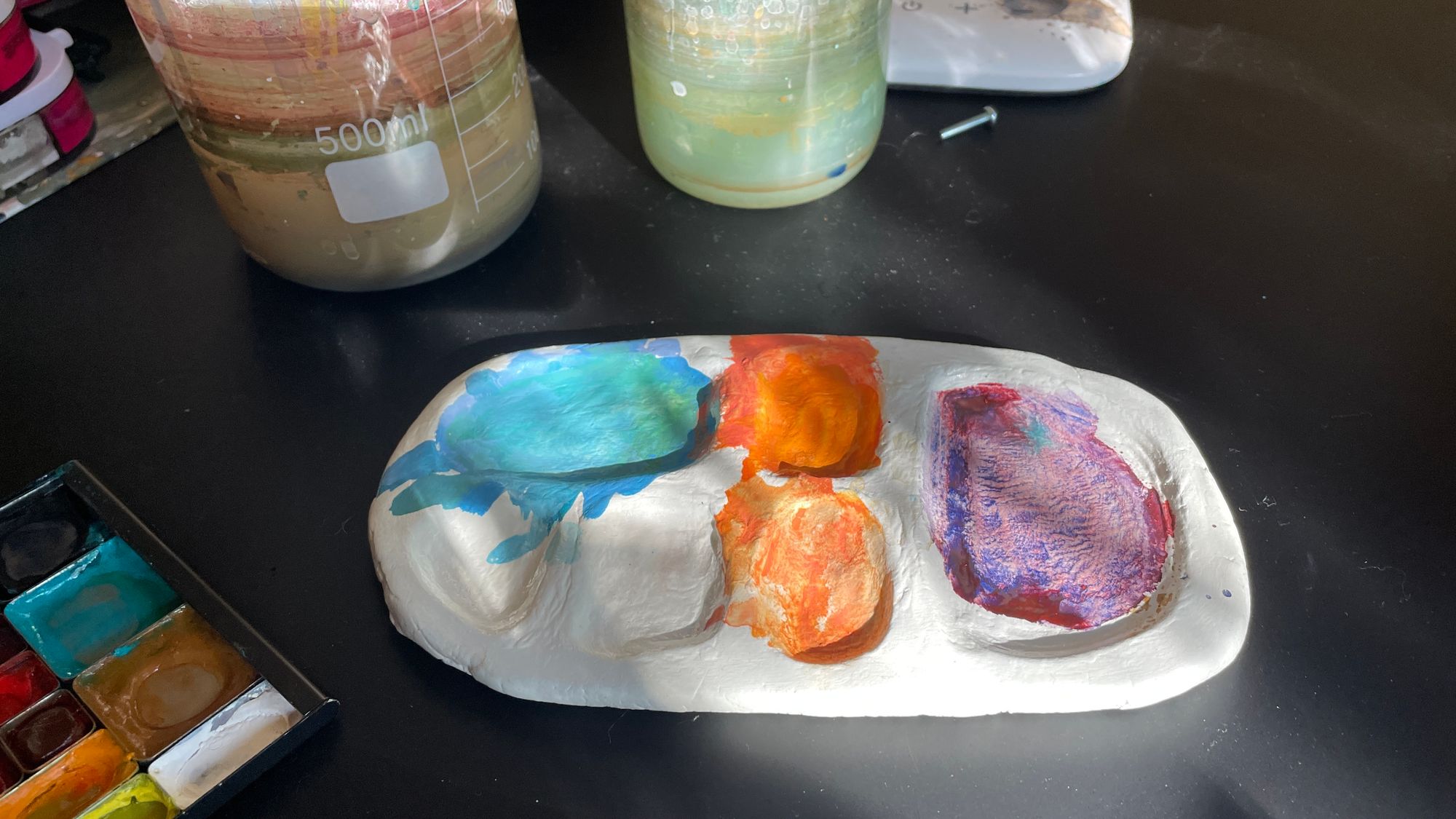September 2023: Cross-training

In my years as a physical therapist I began to see how art and therapy bleed easily into each other: in both places were tender people who lived with some kind of pain, working gently over time to transform it into something that felt good in their body and allowed them to feel whole and a part of the world. There are a lot of therapy principles that have supported my creative practice and I want to share a couple of them with you. Here are two:

1) The best way to get better at a thing is to do the thing. If you want to improve your walking, the most important thing you can do is walk. This is called task-specific training and there's nothing more effective. A drawback to task-specific training though is that a person might get an overuse injury: walk too much past the point of fatigue and they might get blisters, sore joints, muscle strain or eventually fall.
2) A great way make it easier and safer to practice the thing is to grow in other ways: practicing walking gets easier and safer if you also work on leg strength, balance, posture and core strength. The concept applies to athletic training too. Swimmers might run and lift weights as a way to support their swimming without overdoing it, or rehab if they are injured and can't swim. These types of approaches can be thought of as indirect training, or more broadly as cross-training.

These ideas are so ingrained in me that I rely on them to understand my practice as an artist too. Here's how they sound applied to painting:
1) The best way to become a better painter is to paint. Nothing else will help as much. But if you paint too much you might end up with overuse injury: not only might your hand get sore, your creative energy might fatigue. If we don't listen to our creative bodies (and "push through") we can incur creative injury in the form of painful anti-creative beliefs about ourselves (these are also sometimes considered creative "blocks").
2) A way to make it safer and easier to paint more without creative injury is to practice other things, perhaps reading, knitting, making up songs, building sand castles, making jokes, taking photos, writing poems. These are types of creative cross-training and they both support our primary creative practice and play an important role in rehabilitating us if we are experiencing creative injury or "block."

